What is gold refining and how can it be done?
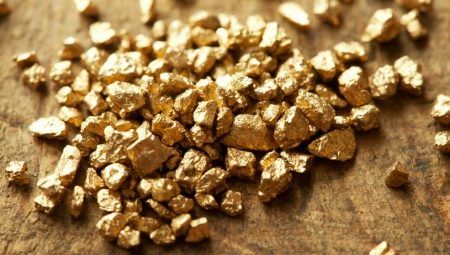
Gold belongs to precious metals and is in great demand today, as it was many years ago. People, regardless of age and gender, complement their style with gold jewelry. You can get this precious metal with your own hands at home, using a special technology - refining.
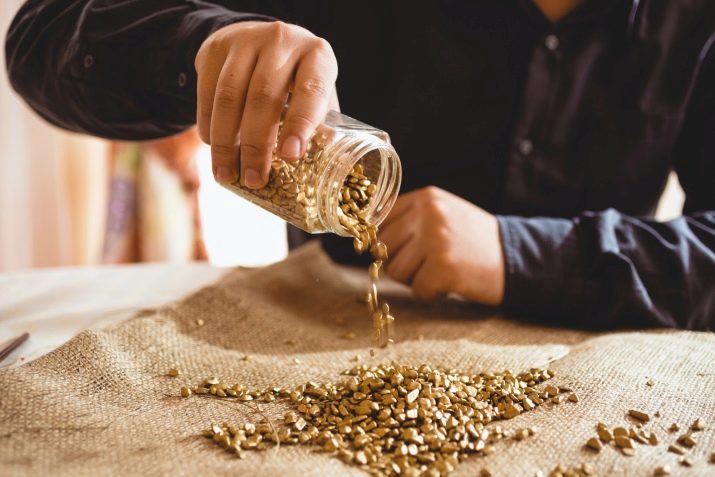
What it is?
Gold refining is a chemical process by which the metal is purified from various impurities. After carrying out this procedure, the precious metal is obtained in a pure, processed form. This type of activities can be carried out not only in a specially equipped laboratory, but also at home. Mining gold in this way is considered toxic and dangerous, so all precautions should be taken into account when doing it. Obtaining practically pure precious metal is possible from raw materials that contain this element.
This includes a radio component, a board from TV and computer equipment, radio tubes and types of gilded objects, as well as a relay, a transistor, a diode and much more.
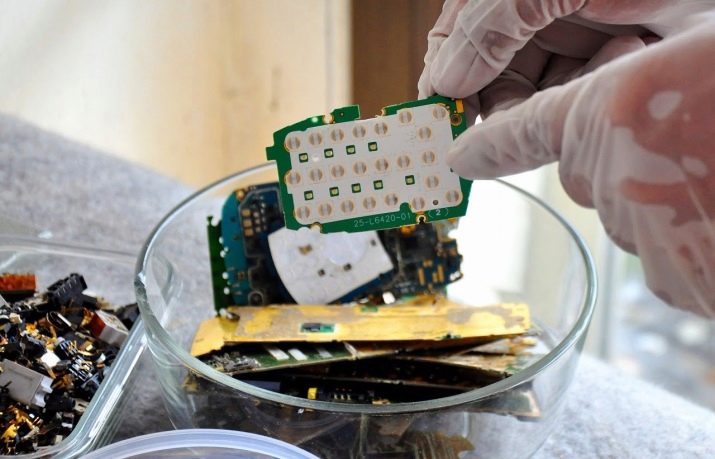
The ways
There are several ways to carry out refining
Chemical
Often people use the chemical method to isolate gold. In other words, this method is called wet and can occur when interacting with zinc, copper, ferric chloride, and tin.
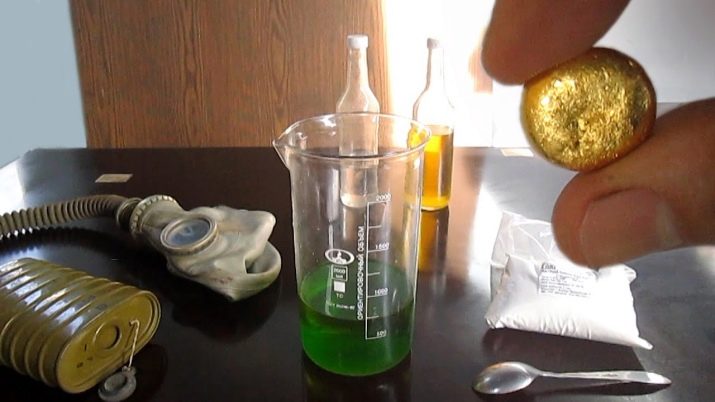
Zinc treatment
Using this method, gold is refined with scrap of different fineness. It is also worth remembering that in this case it is not necessary to have more than 50% of the precious metal. To carry out the work, it is worth preparing zinc in an amount equal to the volume of the noble metal. Before starting melting, the metal should be dried and the crucible should be heated using an electric stove. Before heating, the crucible must be dried, as a wet one often bursts. After that, a drill is added to the crucible and melted. It is worth remembering that in this case the borax must be dispersed over the entire depression of the crucible. This activity can be easily carried out with a burner. In this case, borax is used to prevent the formation of an oxide film.
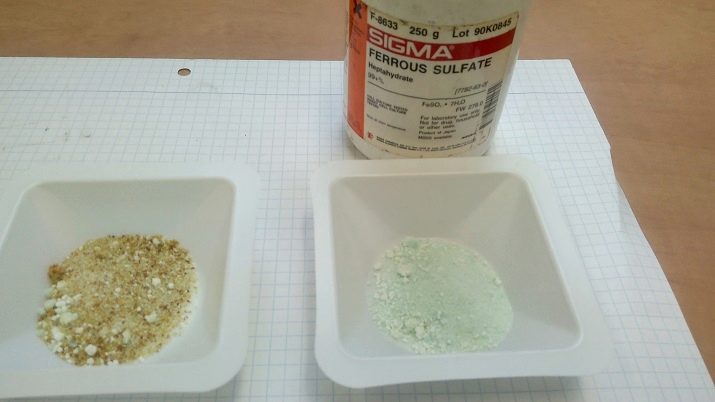
The next step is to transfer the metal to the crucible and heat it until it turns red. After the gold has melted in the storm, a ball will appear, which means it's time to add zinc, constantly heating the mixture. The metal should be in the form of small pieces, each of which should be brought in after the previous one has melted. After adding all the zinc, it is worth stirring the contents of the container with a knitting needle. Further, the metal should be removed and, at the end of cooling, sent to water. The next step in refining gold will be its crushing into a powdery state. After that, you need to prepare nitric acid, the volume of which should exceed 10 times gold.
This procedure can be carried out in a mortar.

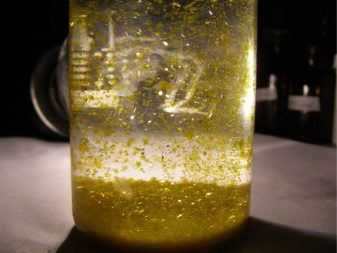
All subsequent refining procedures are done wearing a protective mask and in the fresh air, since a large amount of hazardous gases are released. The powder should be poured into a glass flask and installed on an electric stove. Pour a third of the acid into the container and wait for the reaction to subside. After that, it is worth adding nitric acid twice more and boiling the mixture.

It is worth heating until the steam coming out of the flask is white. Then the sediment must be washed and cold water added to it. Next, it is worth shaking the mixture and after the flakes settle, drain the liquid. Such events should be repeated until the liquid becomes clear. The sediment that is located at the bottom will be pure gold. After drying, the precious metal can be sent for remelting.
Copper refining
This method is similar to the previous one, only at the initial stage, copper is needed 2 times more than scrap. In a needle with molten brown, copper is first melted, and then gold. At the end of the metal melting, it should be separated from the borax and repeatedly rolled in rollers. Before each rolling procedure, the metal should be heated. When gold and copper starts to be cut into pieces, it can be evaporated in nitric acid, as in the previous case.
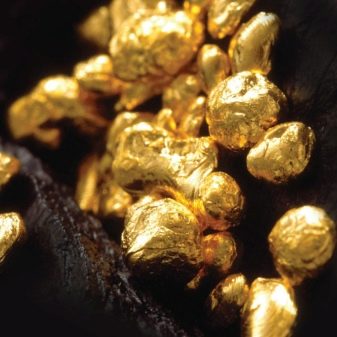
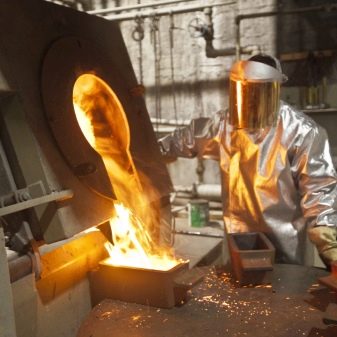
Chlorine Tin Refining
In the presence of dissolved gold, a noble metal can be obtained from it by interaction with tin chloride. This method has the following characteristics: ease of implementation; minimal harm that can be rendered during the conduct to a person; as a result of the procedures, pure gold is obtained. It is worth adding 1 part of water and hydrochloric acid to tin chloride powder. In the presence of gold in solution, an immediate reaction can be noticed. In this case, the solution is left for a day. During this time, gold is formed at the bottom of the container in the form of a sediment.
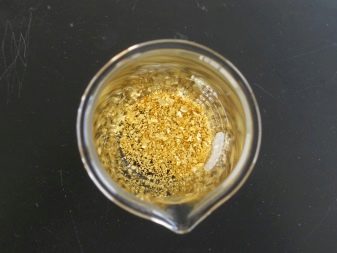
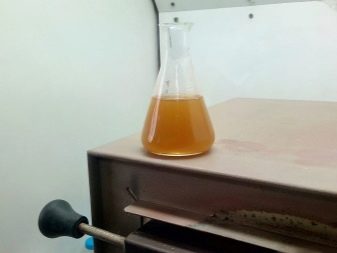
Electrochemical
Refining of gold by the electrochemical method is the most widespread at the present time, it is used on a large scale. The reason for this demand can be called the simplicity and efficiency of the method - electrolysis. To use this refining option, first you need to prepare a container and fill it with gold chloride in the form of a solution with hydrochloric acid. To obtain a sample of 999.9 as a result of operation, the bath must be connected to the power supply. The result of the experiment is usually a precipitate of pure gold. In industry, pure gold cathodes are used, but at home, a substance with iron and lead is applicable.
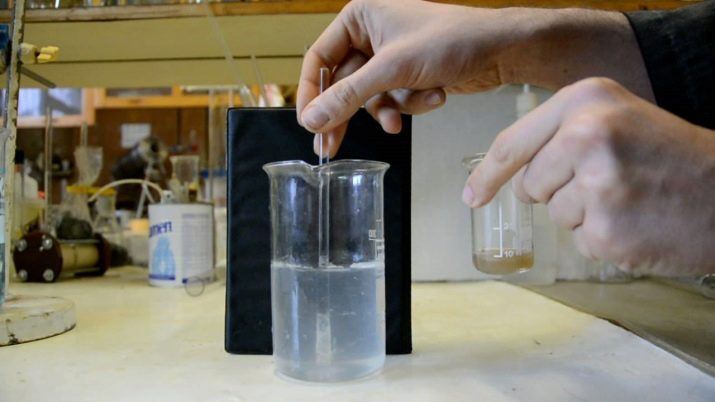
Home refining
The main method of extracting pure gold from a mixture of radio components is chemical refining, which can be done at home. You can make the procedure at home with "aqua regia" by passing through a filter and recovering. The simplest and most common methods include the following.
Cleaning with iodine
To etch gold out of a radio component, you can use Lugol's pharmacy solution, which looks like a combination of iodine and potassium iodide. During the reaction, complex anions appear, which contain a gold molecule. To speed up the reaction, some chemists advise adding sulfuric or nitric acid. The dissolution procedure can take several days. Various methods can be used to deposit the noble metal.
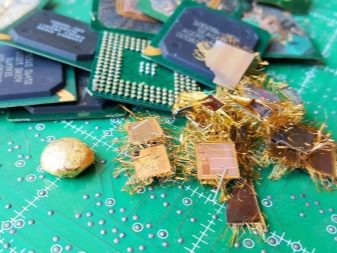
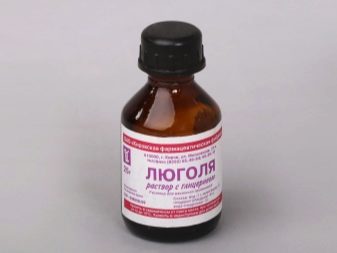
"White"
Popular, inexpensive household bleach contains a lot of sodium hypochlorite. This substance contains a proportion of perchloric acid, therefore chlorine is emitted from it. The latter is used to dissolve a noble metal and form gold chloride. At the end of this procedure, sodium bisulfate is introduced into the solution. When the reaction is over, gray particles can be found at the bottom of the vessel, which are gold. After remelting, the precious metal takes on its natural color. The second use of "whiteness" is mixing it with table salt and battery electrolyte, which are in the form of an acid.
As a result of the experiment, hypochlorous acid can be obtained, which dissolves gold. In the future, the restoration process is carried out.
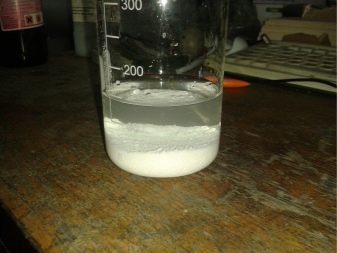

Hydrogen peroxide
You can extract gold from a radio component using hydrogen peroxide at home. Perhydrol reacts with acid, after which the noble metal dissolves. For this purpose, the gold-bearing part is filled with acid and peroxide. As a result of the experiment, the formation of chloroauric acid occurs, which is subsequently capable of decomposing into components. To carry out the decomposition procedure, a thermal method will be required. A burner will need to be directed at the substance - its blue flame. The precious metal reduction process requires the use of ferrous sulfate.

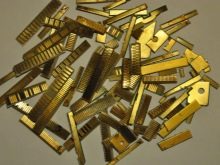
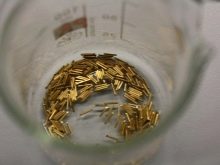
Refining with "aqua regia"
To extract gold from a microcircuit or a radio component, the use of "aqua regia" is considered expedient. The refining process consists of the following stages:
- mechanical grinding of components, separation of parts containing gold;
- elimination of organic compounds by burning or piercing;
- opening a window for good ventilation of the room;
- preparation of a borosilicate glass vessel;
- placing blanks in a container, namely 3 parts of hydrochloric acid, 1 part of nitric acid, while the introduction should be carried out gradually, in small portions, about 3 grams at a time (for 100 g of raw materials it is worth preparing 0.5 liters of "aqua regia");
- heating the solution and gradually adding nitric acid to it;
- checking for the presence of a noble metal using tin chloride.
Further, to restore gold, you can use perhydrol, ferrous sulfate, oxalic acid or hydrazine sulfate.
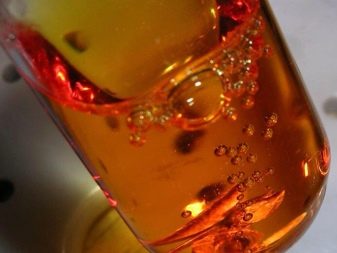
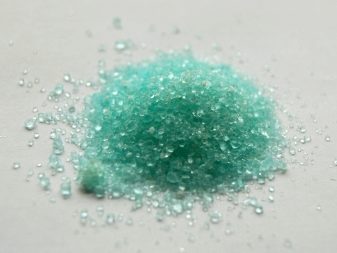
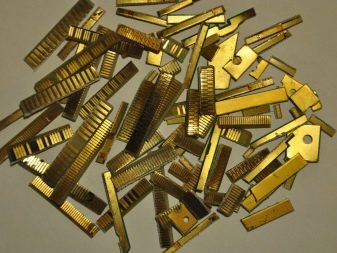
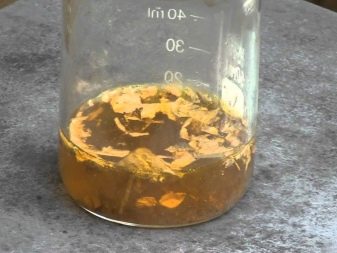
Zinc Refining
In addition to aqua regia, refining can be carried out with the participation of zinc. Despite the laboriousness of this procedure, high quality gold can be obtained as a result. For work, it is worth preparing tweezers with high strength, a crucible, a steel spoke, a melting device, a titanium rod, a plate and a heat-resistant flask. First you need to heat up and ignite the crucible, which contains the gold. Then add borax and titanium stick. After that, pieces of zinc are added one at a time, however, it is worth remembering that a new one is introduced after the previous one has melted.
The prepared mixture will be required for the subsequent reaction of gold with aqua regia. In this situation, zinc plays the role of a baking powder. Impurities of a low-grade precious metal are not capable of reacting to acid, for their exit from the alloy it is worth mixing them with zinc. The resulting material should be covered with a cloth, and also crushed with a mortar. The next step is to pour the mixture into the flask and transfer it to the plate.
After all the above procedures, it is worth adding "aqua regia" to the flask in a volume of no more than 200 grams.
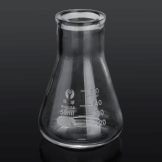
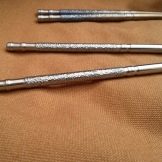

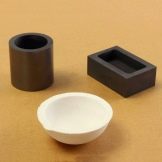
As a result, a precipitate should form, which should be washed repeatedly with cold water. After 2-3 washes have been carried out, it is worth sending a little water in the flask and pouring it along with the rest of the contents into cheesecloth. Borax should be poured on top. Next, the crucible should be covered with a cap and transferred to the tile. When the borax and gauze have melted, you can start smelting gold from the remaining material. To clean the resulting substance from borax, you can boil in a solution that is prepared from the following ingredients:
- 0.5 liters of water;
- 10 grams of nitric acid;
- 20 grams of hydrochloric acid.
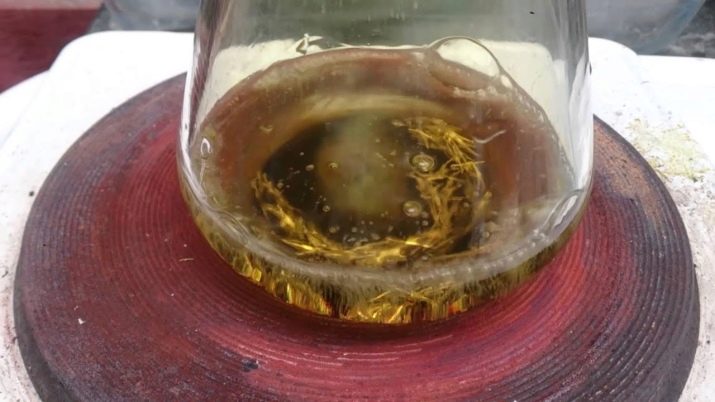
In the prepared solution, the gold ingot is boiled for about 5 minutes, after which it is washed in cold water and cooled. Refining gold at home is not an easy, but cheap job, as its cost will be much lower than doing it in a laboratory. During the procedure for the isolation of a noble metal, you should carefully follow the instructions and not violate safety rules. Experts recommend using protective suits and masks to avoid negative health effects.
You can see how to properly make gold refining in the next video.








